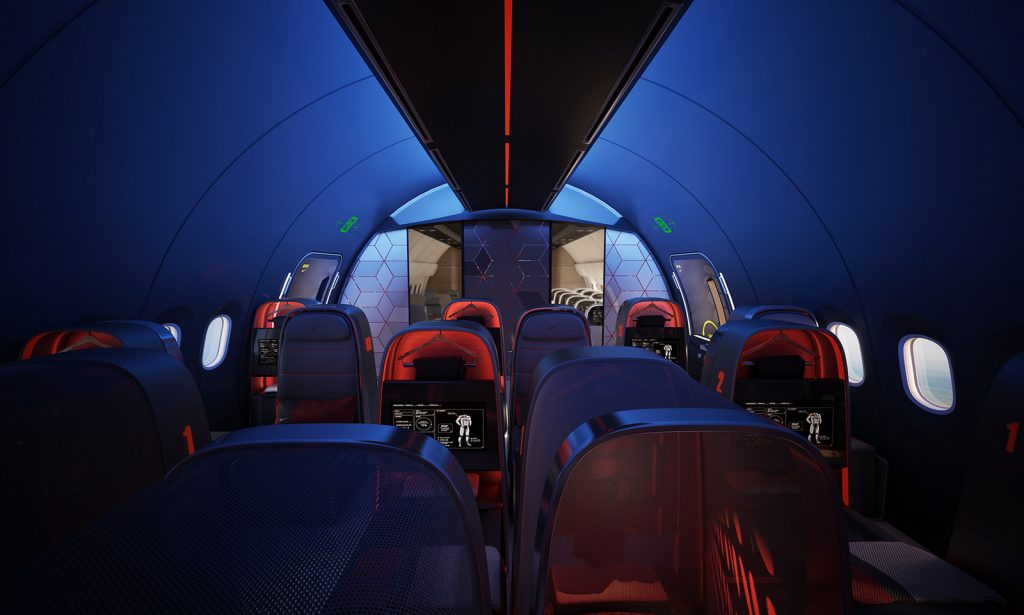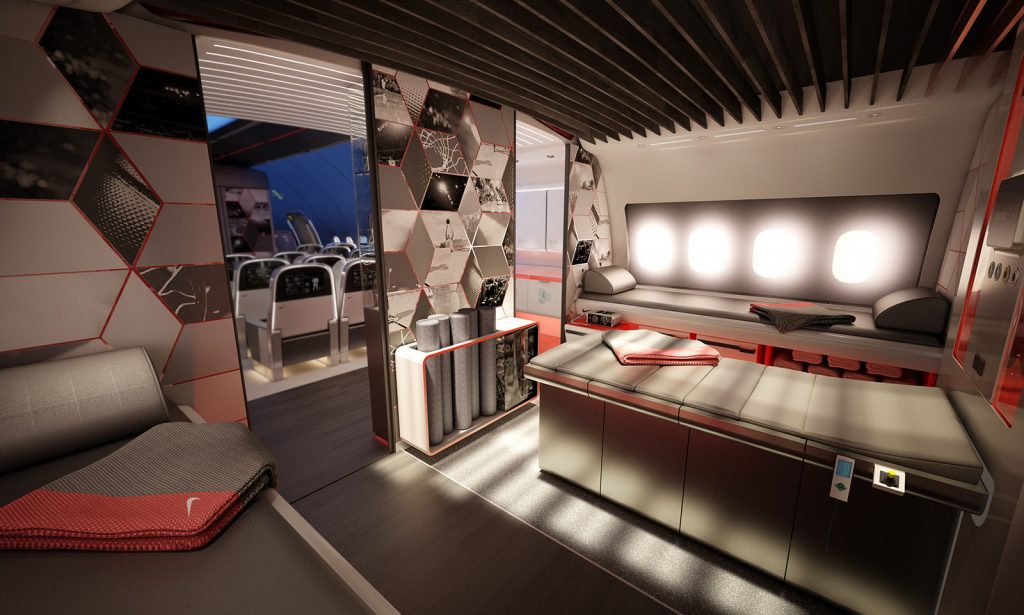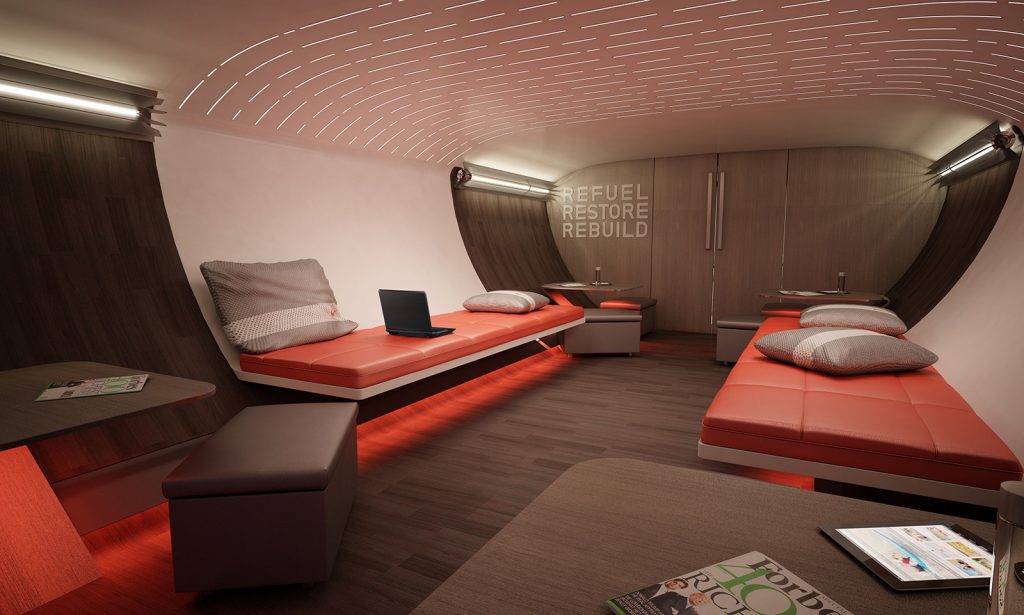Written for the Airline Passenger Experience Association
APEX Experience Magazine – Issue 5.4 – July/August 2015
Feeling a wee bit tired? Ready for a nap? Getting the “nods” at your desk? You’re not alone.
We’re a chronically sleep-deprived society, thanks to the demands of our jobs and personal life. We’re extending our waking hours, exchanging our sleep for other activities. We try to convince ourselves that “it’s ok, I don’t need to sleep as much.” But when we do this day-after-day, and night-after-night, we end up with a “sleep debt,” and we’re fatigued.
“Fatigue is a state that results from sleep loss, continuous hours of wakefulness, disruptions of your body clock, and workload, that affects you both mentally and physically,” says Dr. Melissa Mallis, of M3 Alertness Management. Dr. Mallis is an international leader in alertness research and fatigue risk management, and provides expertise to international aviation agencies and airlines. “There are individual difference to how much sleep people need per night, and how people respond to sleep loss,” she adds.
It may seem simple, but we can recover from sleep debt by being regimented in our sleep schedule, and to sleep in on our days off. “What happens on a Saturday morning is that you don’t make up the lost sleep hours one-for-one, but you have more deep sleep, and then you end up sleeping a little bit longer. Your brain re-structures your sleep cycle. It usually takes about two days – a weekend – to eliminate any sleep debt with a person’s normal schedule; three days if they’re working nights or going across time zones,” says Dr. Mallis.
But what’s a traveler to do, now that we have aircraft that can span the globe and half the world’s time zones, switching “day for night” at the end of a flight? We’re invariably sleep deprived by the time we step onto the plane, with packing, last minute details, cleaning up at work, and general excitement and anticipation for our upcoming trip. “In flight, try and take a nap, and minimize the amount of caffeine that you drink,” says Dr. Mallis. “Once you arrive at your destination time zone, if you’re there for less than three days you should try and stay on your home clock. Longer than three days, get on the destination schedule right away – eat lighter meals at the right time, stay awake until local night, and when you wake up in the morning, expose yourself to sunlight.”
Road Warriors (RW), those business people who spend as much time airborne as they do on the ground, often face meetings or working dinners as soon as they get off the plane. It could be the middle of the night at home, but the RW might be sitting down at a multi-course meal, trying to close a deal. “It’s bad enough that you’re tired and not even wanting to eat, and all you want is dessert. When you’re sleep deprived, you crave high sugar and high-fat foods. But if you eat them, you’ll get the ‘crash’ and feel a low point. Focus on proteins, and fruit and vegetables instead,” says Dr. Mallis.
The prototypical RW, like George Clooney’s character, Ryan Bingham, in the movie “Up in the Air,” has a job to do when he arrives in a new city. But there’s a group of RWs that are at a very different level – professional sports teams. While facing rigorous game schedules, and travel that takes teams thousands of miles and across multiple time zones even during a single road trip, players are expected to be at their physical and mental best, and ready to play and win games soon after a flight. Teams travel on commercial flights or charters, with interior configurations and amenities not all that different from what a premium economy or business class passenger would have on a scheduled flight. But that might change, thanks to a concept by innovative design company Teague, in collaboration with Nike.
Phillipp Steiner, Teague’s Senior Creative Director, describes the “Athlete’s Plane” as a complete training room in the sky. Based on a 767-sized, wide-body aircraft cabin, the interior includes lie-flat seating designed for athletic builds; a recovery room, with benches, massage tables, and the provision for a variety of treatments; and a high-tech galley, designed to meet an athlete’s specific nutritional and hydration needs. “Our approach was focused on helping the athlete travel between games in better condition,” says Steiner. Dealing with fatigue is only one part of the process, given the physical demands placed on an athlete. “If you think of their cumulative performance over a season, they’re essentially in a nonstop recovery mode. Rather than being in preparatory mode for the next game, the athlete is still in recovering from the last game. So, treating them more as precious cargo, helping them with treatment and some of the ailments that come with their sport, was key to what we are trying to do.”
It all keeps coming back to catching some Zs. Dr. Mallis says that sports teams should try and maximize their sleep, and Steiner agrees. He says, “To actually lay flat and sleep is probably the most important activity for recovery.”
So, it turns out your parents were right. You’ve got to get your sleep!


